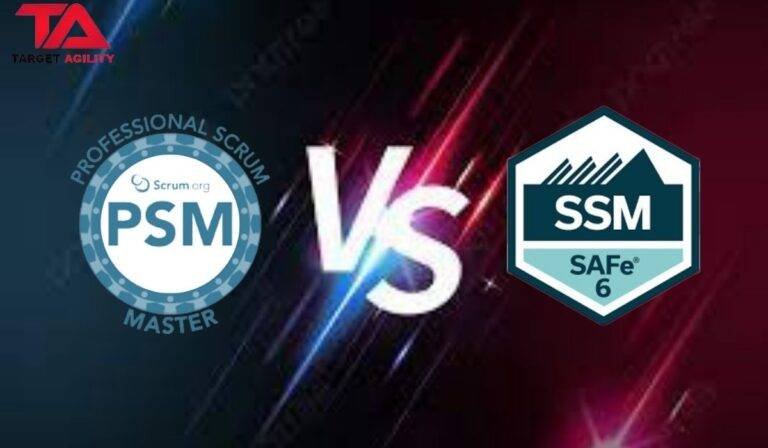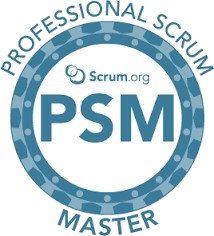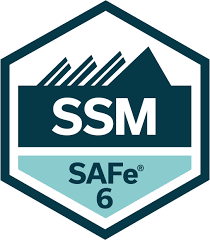Scrum is a popular way to manage complex projects. The role of a Scrum Master is crucial in making sure things go smoothly. But Scrum Masters can have different jobs depending on the setting. Let’s explore the differences between a Professional Scrum Master (PSM) and a Scaled Scrum Master (SSM) and what skills are needed for each.
Professional Scrum Master (PSM)
PSM is a certification for Scrum Masters who work with one Scrum Team. They help the team follow the Scrum rules and improve. Here are some key things about PSM:
- Single Team: PSMs work with one Scrum Team, which is usually made up of a Product Owner, a Development Team, and a Scrum Master.
- Coaching and Helping: PSMs use coaching and serving to help the team understand and use Scrum better. They focus on making the team independent and good at what they do.
- Getting Better: PSMs create an environment where the team can always get better. They do this by holding retrospectives and helping the team deal with issues.
- Checking and Adapting: PSMs use checking and adapting to make sure the team works better over time.
Scaled Scrum Master (SSM)
On the other hand, Scaled Scrum Masters deal with multiple Scrum Teams and a more complex environment. They make sure these teams work together well and reach common goals. Here are some key things about SSM:
- Multiple Teams: SSMs work with many Scrum Teams, sometimes even in different places. They help teams coordinate and work together.
- Working Together: SSMs make sure all teams are working towards the same goals. They also encourage teams to share knowledge and help each other.
- Agile Release Trains (ARTs): SSMs often work in something called an Agile Release Train (ART), which is a bigger structure with lots of teams. They plan and do big releases together.
- Handling Problems: SSMs are also good at finding and solving problems that affect the big program or release.
Key Differences
- The Main Job: The biggest difference is what they do. PSMs focus on one team, while SSMs deal with many teams.
- Complexity: SSMs deal with more complex situations because they have to make sure lots of teams work well together.
- Framework: PSMs follow the Scrum framework, while SSMs often work with the Scaled Agile Framework (SAFe).
Key Similarities
- Helping: Both PSMs and SSMs help teams do their best by removing problems, coaching, and making sure they follow the right methods.
- Checking and Adapting: Both types of Scrum Masters use checking and adapting to make things better.
- Always Improving: They both work towards making things better all the time.
Skills Needed
To be a good PSM or SSM, you need certain skills:
Professional Scrum Master (PSM):
- Know Scrum Well: PSMs need to know the Scrum framework really well.
- Help and Teach: They need to be good at helping and teaching the team.
- Be Understanding: PSMs should understand the team and help them with their problems.
- Solve Conflicts: They should also be good at solving problems within the team.
Scaled Scrum Master (SSM):
- Understand SAFe: SSMs need to understand the Scaled Agile Framework (SAFe) and how it works.
- Work Together: They must be good at working with different teams and making sure they all work together.
- Handle Change: SSMs are good at making changes and dealing with big problems in a big Agile setting.
- Solve Problems: They need to find and fix problems that can affect many teams.
Conclusion
In short, Professional Scrum Masters (PSMs) and Scaled Scrum Masters (SSMs) have different roles in Scrum and Agile. PSMs focus on one team and the basics of Scrum, while SSMs work with many teams in a more complex setting. The choice between the two depends on what an organization needs, but both need good leadership, teaching, and problem-solving skills. Whether you’re a PSM or an SSM, the goal is the same: making things better and delivering value to customers through Agile ways of working.












